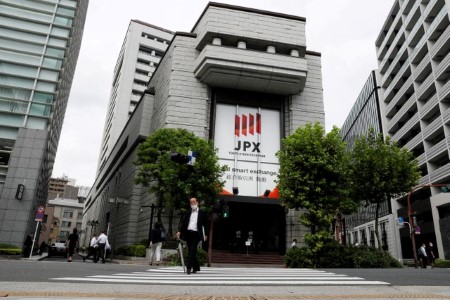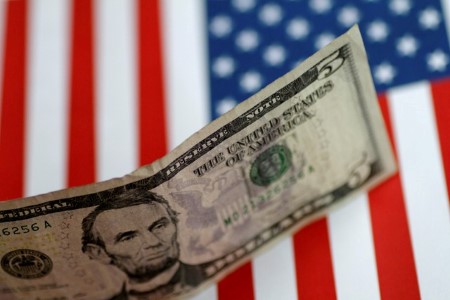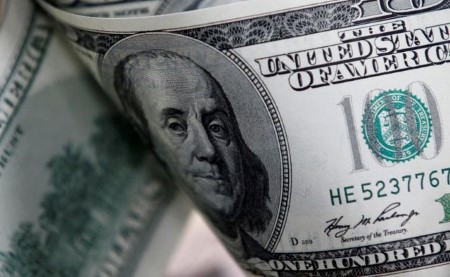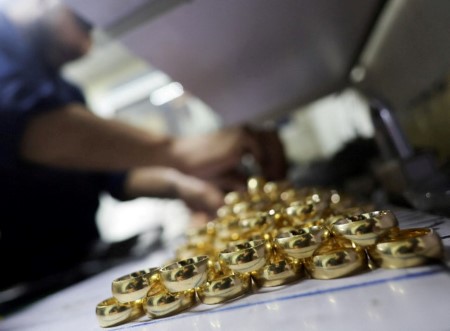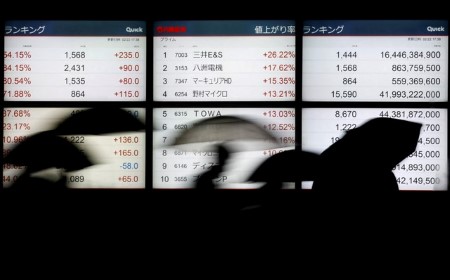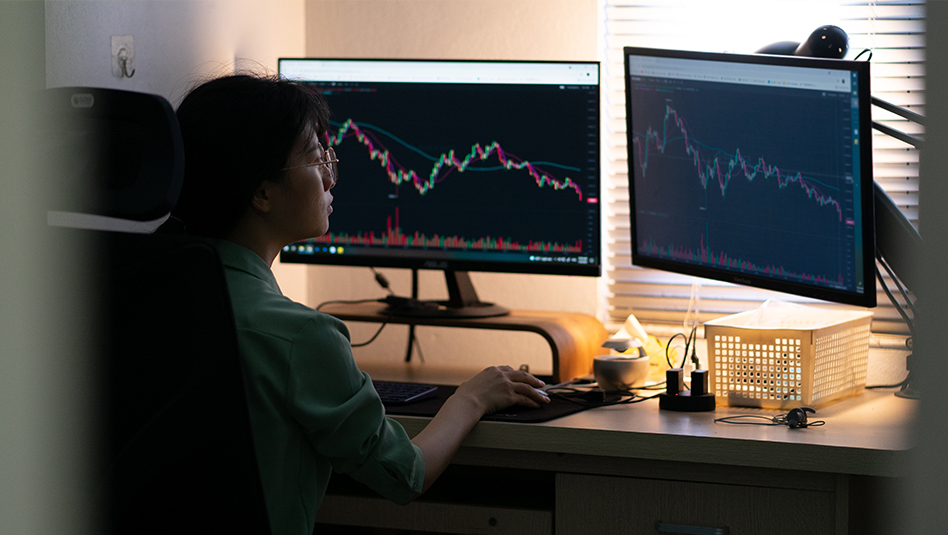A look at the day ahead in Asian markets.
Investors hoping that Nvidia’s eagerly-awaited earnings after the US close on Wednesday would inject renewed vigor into world markets will be disappointed, heralding the prospect of a lukewarm open in Asia on Thursday.
Wall Street spent all day Wednesday firmly in the red before a late rally, bond yields and the dollar were higher, and a weak 20-year US Treasury bond auction was a reminder of how deep Washington’s fiscal deficit runs and the strain on investors to fund it.
The global picture wasn’t particularly reassuring either. European stocks fell for a fourth day – their worst run in over two months – China’s yuan slipped to a three and a half month low on the spot market, and volatility ticked higher.
Then came Nvidia. The world’s most valuable company reported a beat on third-quarter earnings per share and forecast fourth-quarter revenue slightly above estimates. But shares immediately fell in after-hours trading by as much as 5% before recovering, and Nikkei and Wall Street futures are pointing to a lower open in Japan and the US on Thursday.
Is the AI darling’s shine beginning to fade?
Thursday’s economic calendar in Asia is relatively light, with South Korean export, Indonesian current account and Hong Kong inflation data the main releases.
Annual inflation in Hong Kong is seen slowing to a 1.7% pace in October from 2.2% in September, which would mark the steepest decline since April and heighten concern that deflationary pressures on the Chinese mainland could be spreading.
There may be more market fireworks from Bank of Japan governor Kazuo Ueda, who is scheduled to speak at a financial forum in Paris. Investors and traders will be trying to determine if his tone and signals differ from his fairly balanced remarks earlier this week that kept the door open to a December rate hike but also cautioned against moving too fast.
Judging by the yen’s behavior recently, whatever markets think the BOJ will do is being completely overwhelmed by renewed hawkishness surrounding the Fed outlook.
The yen has only appreciated in one out of the last eight trading sessions, and finds itself back below 155.00 per dollar. It might need a notably hawkish signal from Ueda to engineer a sustainable recovery or get September’s 140.00 per dollar back into view.
But right now, the Japanese swaps market is pointing to less than 50 bps of BOJ tightening by the end of next year.
Meanwhile, Bitcoin is moving closer to a historic break above USD 100,000, boosted by increasing confidence that President Donald Trump’s administration will be a crypto-friendly regime.
(Reporting by Jamie McGeever
Editing by Deepa Babington)







 DOWNLOAD
DOWNLOAD




